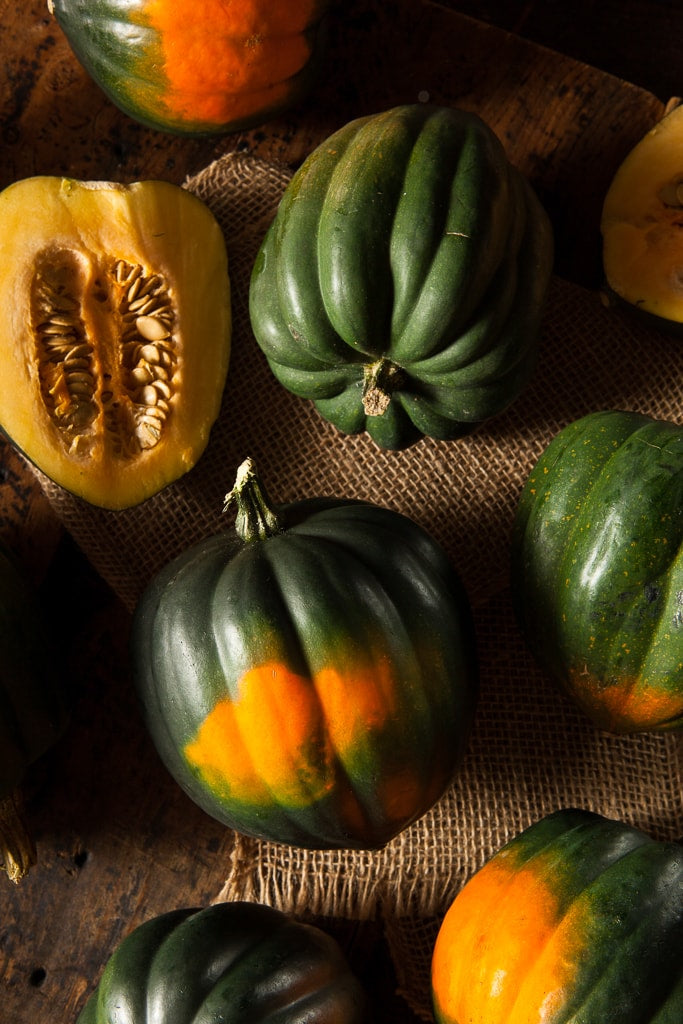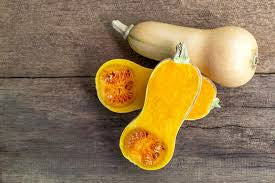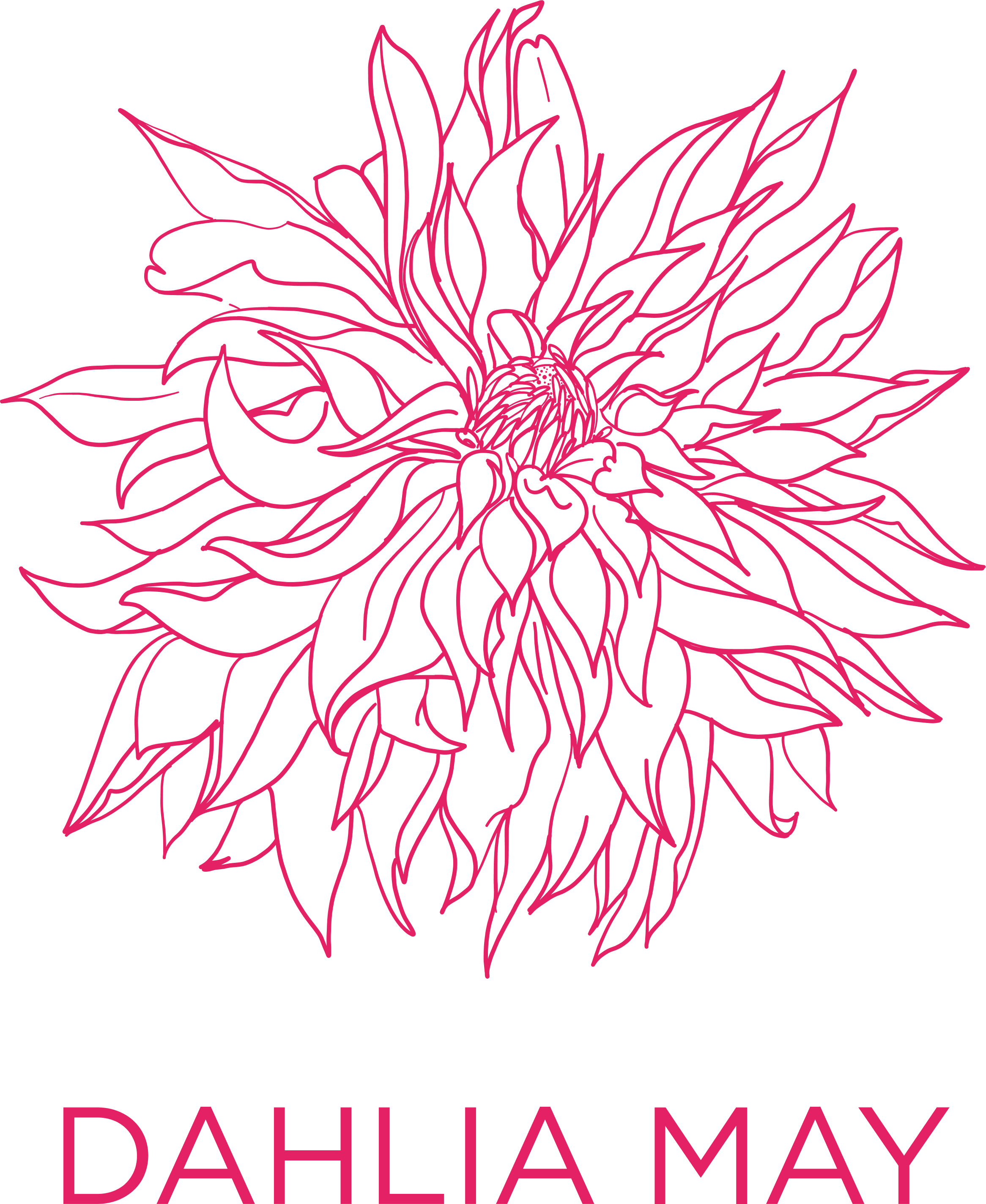




Squash Seedlings
Squash is a type of vegetable that belongs to the gourd family. Squash typically have a thick, edible rind and seeds inside a hollow center. They come in a variety of shapes, sizes, and colors, ranging from yellow and green to orange and even striped. Squash is a good source of vitamins A and C, as well as fiber and antioxidants. Squash can be used in soups, stews, salads, and side dishes, making it a popular and nutritious addition to meals.
To successfully grow squash in your garden, here are some tips to consider:
1. Planting: Squash plants prefer a sunny location with well-drained soil. Plant seeds or seedlings in the garden once the danger of frost has passed. Space plants according to the specific variety you are growing.
2. Watering: Keep the soil consistently moist but not waterlogged. Squash plants require regular watering, especially during hot and dry periods.
3. Fertilizing: Squash plants are heavy feeders and benefit from regular fertilization. Use a balanced fertilizer to provide essential nutrients for healthy growth.
4. Mulching: Mulch around squash plants to help retain soil moisture, suppress weeds, and maintain even soil temperature.
5. Pollination: Squash plants rely on pollinators, such as bees, to produce fruit. Consider planting pollinator-friendly flowers nearby to attract bees to your garden.
6. Pruning: Remove any damaged or diseased leaves to promote air circulation and reduce the risk of fungal diseases.
Our varieties:
Acorn:
Acorn squash is a type of winter squash that is named for its acorn-like shape. It has a dark green, ribbed skin and orange-yellow flesh inside. Acorn squash is known for its sweet and nutty flavor, making it a popular choice for cooking and baking.
When cooked, acorn squash has a creamy texture and a slightly sweet taste. It can be roasted, baked, steamed, or pureed to make soups, stews, side dishes, and even desserts. Acorn squash is rich in vitamins A and C, as well as fiber and antioxidants, making it a nutritious addition to your diet.
Acorn squash is typically harvested in the fall when fully mature. It can be stored in a cool, dry place for several months, making it a versatile and long-lasting vegetable to enjoy throughout the winter months.
Butternut
Butternut squash is a type of winter squash that has a bell-like shape with a pale yellow-tan skin and bright orange flesh inside. It is known for its sweet and nutty flavor, making it a popular choice for cooking and baking.
When cooked, butternut squash has a smooth and creamy texture, making it versatile for a variety of dishes. It can be roasted, baked, steamed, pureed, or used in soups, stews, casseroles, and even desserts. Butternut squash is rich in vitamins A and C, as well as fiber and antioxidants, making it a nutritious addition to meals. It is often harvested in the fall and can be stored for several months in a cool, dry place.
Spaghetti Squash
Spaghetti squash is a type of winter squash that, when cooked, has a stringy texture that resembles spaghetti noodles. It has a yellow, oblong shape with a hard outer rind and a mild, slightly sweet flavor. Spaghetti squash is popular as a low-carb and gluten-free substitute for pasta in dishes.
To prepare spaghetti squash, it can be roasted, baked, boiled, or microwaved until the flesh becomes tender. Once cooked, the flesh can be scraped with a fork to create long strands that resemble spaghetti noodles. These "noodles" can be served with sauce, cheese, vegetables, or meat as a healthier alternative to traditional pasta dishes.
Spaghetti squash is a good source of vitamins and minerals, including vitamin A, vitamin C, and potassium. It is a versatile vegetable that can be used in a variety of recipes, from simple side dishes to more elaborate main courses.


